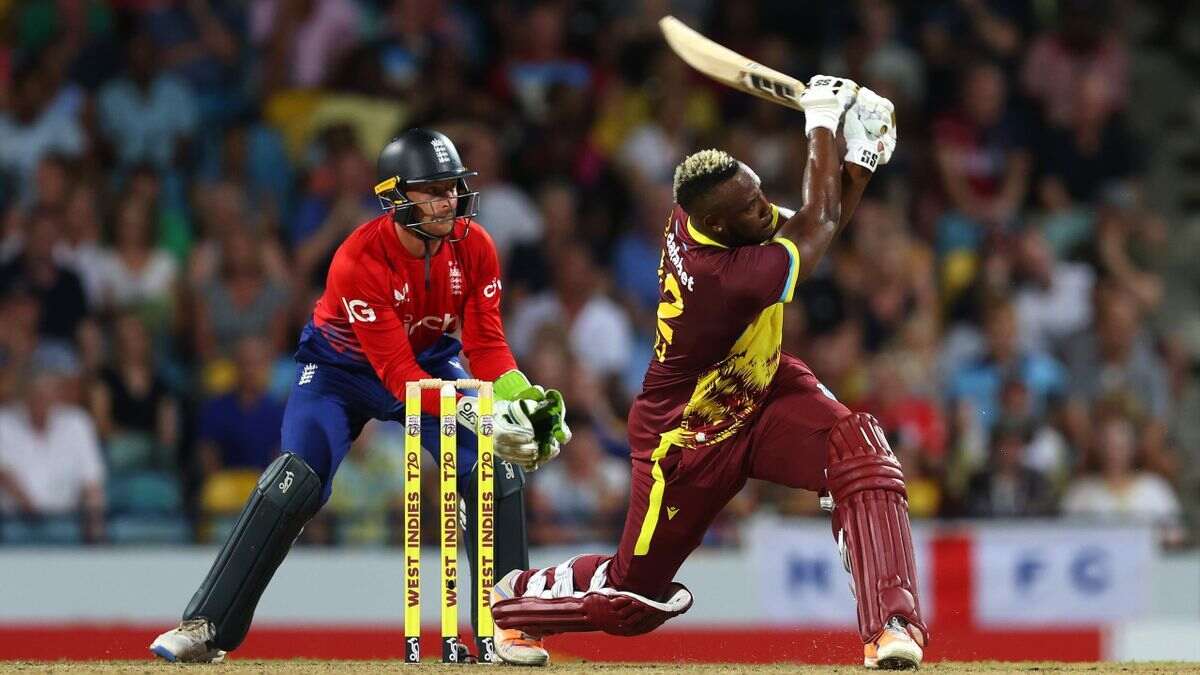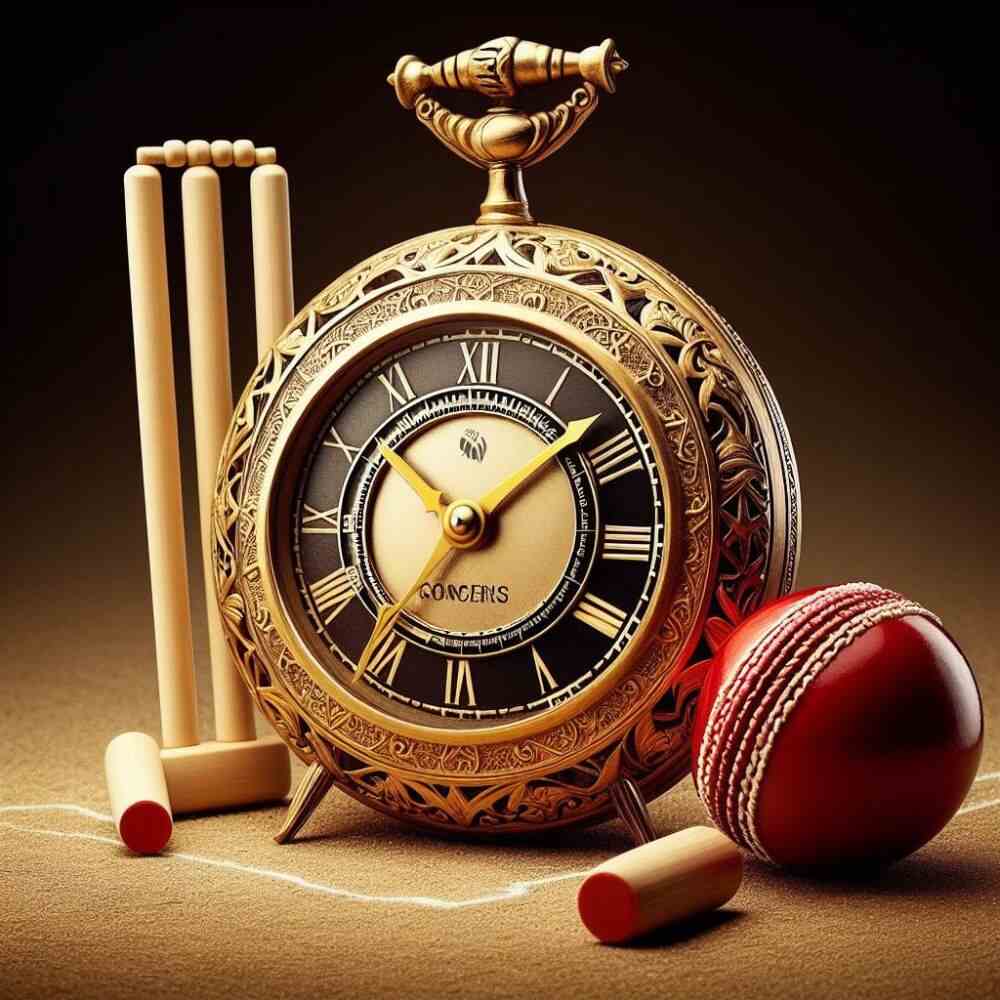The International Cricket Council (ICC) has implemented a significant change in the Men's playing conditions, introducing an electronic clock to expedite the game and penalize instances of time wastage by the fielding side. In this latest update, the ICC has incorporated a provision for an electronic clock, set to undergo a trial period during Full Member Men's ODIs and T20Is from December 2023 to April 2024. Approximately 59 international fixtures will fall under the purview of this trial.

The amended playing conditions, specifically outlined in clause 41.9 of the revised Men's ODI and T20I regulations, address provisions against time wasting by the fielding side. The electronic clock, outlined under sub-clause 41.9.4, will be operationalized for the first time during the initial T20I clash between West Indies and England scheduled for December 12, 2023. This innovative measure aims to enhance the efficiency and pace of the game during the specified trial period.
ALSO READ| Stop Clock Rule: आईसीसी ने लाया एक नया नियम, बिना गेंद खेले मिलेंगे 5 रन
What Is The Stop Clock Rule?
The Stop Clock rule was introduced by the International Cricket Council (ICC) in October 2022. Designed to enhance the pace of play in one-day internationals (ODIs) and Twenty20 internationals (T20Is), this rule imposes a time limit on teams for the transition between overs. Specifically, the fielding side is required to commence a new over within 60 seconds of the conclusion of the preceding over.
To enforce this rule effectively, an electronic clock will be visibly displayed on the ground, counting down from 60 to zero. This visual aid serves as a tangible measure to ensure adherence to the stipulated time frame and is expected to contribute to a more streamlined and time-efficient cricketing experience in ODIs and T20Is.
How Does the Stop Clock Rule Increase The Match Pace?
The Stop Clock rule introduces several elements aimed at accelerating the pace of the match:
1. Time Limit for Overs: The rule enforces a strict 60-second time frame for the bowling team to be prepared for the commencement of the next over after the conclusion of the previous one. This time constraint serves to expedite the transition between overs, contributing to a more dynamic game.
2. Penalty System: Non-compliance with the 60-second limit triggers a penalty system. Verbal warnings are initially issued, and persistent time-wasting results in a tangible consequence. The batting team is awarded 5 penalty runs after the third infraction in an innings, providing a clear incentive for the fielding team to adhere to the stipulated time limit.
Cricket Stop Clock Rule Benefits
1. Reduced Dead Time: The primary objective of the Stop Clock rule is to minimize unnecessary delays between overs, effectively reducing "dead time" in the game. This reduction translates to a more active playing time, ultimately leading to an overall faster-paced match.

2. Improved Spectator Experience: The rule's emphasis on a quicker match with fewer breaks enhances the overall spectator experience. The reduction in downtime is particularly beneficial for shorter formats like T20s, where the audience values a fast-paced and engaging game.
3. Strategic Adjustments: The rule encourages fielding teams to adopt more strategic and efficient approaches. This may include quicker field changes, pre-planned bowling positions, and streamlined communication strategies to ensure compliance with the stipulated time limit. The rule thus promotes a more dynamic and tactically nuanced gameplay.
Comments
All Comments (0)
Join the conversation